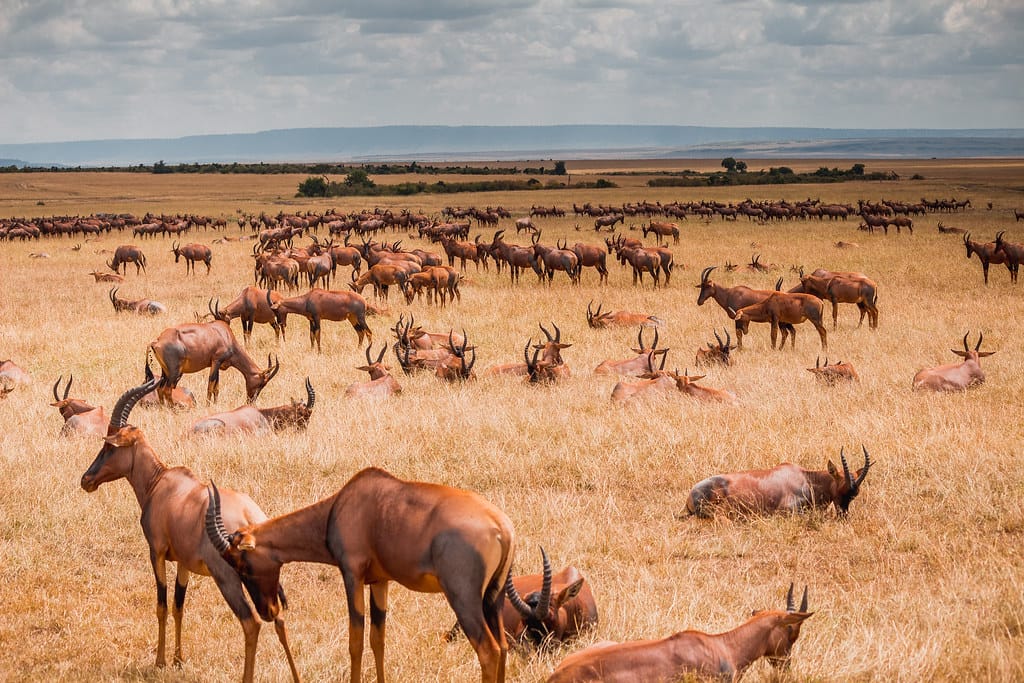The Unsung Hero: How Africa's Only Cable Repair Ship Keeps 1.4 Billion People Connected
Deep beneath the Atlantic Ocean, a critical piece of infrastructure carries the digital lifeblood of an entire continent. When undersea internet cables snap—whether from ship anchors, shark bites, or seismic activity—Africa faces a digital blackout that could cost billions. Standing between connectivity and chaos is a single vessel: the Leon Thevenin, Africa's only dedicated internet cable repair ship.
The Fragile Foundation of Digital Africa
Africa's internet connectivity hangs by a thread—literally. The continent relies on a network of undersea fiber optic cables that snake along its coastline, carrying over 95% of international internet traffic. These cables, no thicker than a garden hose, support the digital economy of 54 countries and 1.4 billion people.
The stakes couldn't be higher. When the South Atlantic 3/West Africa submarine cable system (SAT-3/WASC) suffered a major break in 2020, countries like Ghana, Nigeria, and South Africa experienced internet speeds drop by up to 60%. Banking systems slowed to a crawl, international calls failed, and businesses hemorrhaged an estimated $72 million per day across the affected regions.
Meet Africa's Digital Lifeline
The Leon Thevenin, operated by Orange Marine, is a floating testament to precision engineering. This 140-meter vessel carries specialized equipment capable of locating cable breaks up to 8,000 meters below sea level and splicing fiber optic cables with microscopic precision. Named after the French telegraph engineer Léon Thévenin, the ship serves as Africa's insurance policy against digital isolation.
"When cables break, we don't have weeks—we have hours," explains Captain Marie Dubois, who has overseen dozens of emergency repairs across African waters. "Every minute of downtime affects millions of people trying to work, learn, and connect with the world."
The High-Stakes Race Against Time
Cable repairs are complex operations that can take anywhere from days to weeks, depending on water depth, weather conditions, and the extent of damage. The process involves:
- Detection: Using sophisticated sonar and underwater cameras to locate breaks
- Recovery: Deploying remotely operated vehicles (ROVs) to lift damaged cables from the ocean floor
- Repair: Splicing new cable sections with precision that allows light signals to pass through perfectly
- Testing: Ensuring signal integrity before the cable goes back into service
The Leon Thevenin has completed over 200 repairs since 2010, from the shallow waters off Morocco to the deep Atlantic trenches near South Africa. Each successful repair prevents potential economic losses that could reach hundreds of millions of dollars.
Why Africa Needs More Than One Ship
With over 30,000 kilometers of undersea cables surrounding Africa, relying on a single repair vessel creates significant vulnerabilities. When multiple cables break simultaneously—as happened during severe weather in 2022—repair times stretch from days to months.
Industry experts warn that Africa's growing digital economy demands redundancy. Kenya's submarine cables carry traffic worth over $1 billion annually, while South Africa's cables support everything from financial trading to telemedicine across rural areas. A prolonged outage could set back digital transformation efforts by years.
"We're essentially playing Russian roulette with Africa's digital infrastructure," warns Dr. Amina Hassan, a telecommunications policy researcher at the University of Cape Town. "One ship for an entire continent is not sustainable as our digital dependence grows."
The Future of Africa's Digital Resilience
Several initiatives are emerging to strengthen Africa's cable repair capabilities. The African Union's Digital Transformation Strategy calls for regional repair vessel partnerships, while private companies are exploring smaller, faster repair boats stationed at strategic ports.
New cable systems like 2Africa and Equiano promise greater redundancy, but they also increase the complexity of potential repairs. As these multi-terabit cables come online, the consequences of outages—and the precision required for repairs—will only intensify.
Staying Connected in an Uncertain World
The story of the Leon Thevenin illuminates a critical truth about our hyperconnected world: the infrastructure we depend on remains surprisingly fragile. As Africa's digital economy continues its rapid expansion—projected to reach $712 billion by 2025—the continent cannot afford to rely on a single point of failure.
For now, one ship stands between Africa and digital darkness, racing across the Atlantic whenever fiber optic lifelines snap. But true digital resilience will require Africa to invest in the unsexy, underwater infrastructure that keeps 1.4 billion people connected to the global economy.
